Heart of Darkness
This Tokyo signpost seems to indicate that one has arrived at the heart of darkness:
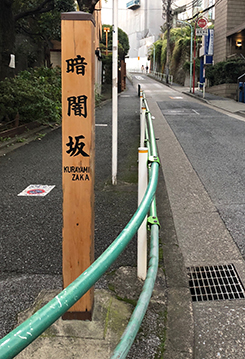
All photos in this blog are by Russell Hogg, who piqued my interest in the topic by generously sending pictures of signposts on curiously named hills in Tokyo. Every blog since August 12 has explored the Hogg posts.
The etymology on this particular sign explains the ominous name 暗闇坂, which literally means "Darkness Hill":
After くらやみざか, which is the pronunciation of 暗闇坂, we have this:
樹木が暗いほどおい茂った坂であったいう。
Plants grew so thickly that the hill was dark.
樹木 (じゅもく: trees and shrubs); 暗い (くらい: dark); ほど (degree); おい茂る (生い茂る, おいしげる: to grow thickly); 坂* (さか: hill)
以前の宮村(町)を通るため宮村坂ともいった。
Also known as Miyamurazaka because the slope went through Miyamura Village.
以前 (いぜん: before); 宮村町 (みやむらちょう: Miyamura Village); 通る (とおる: to pass through); 宮村坂 (みやむらざか: Miyamura Hill)
Ah, trees created the darkness! That image is welcome, not apocalyptic!
Pine Tree
As long as we're looking at tree-inspired place names, here's another:
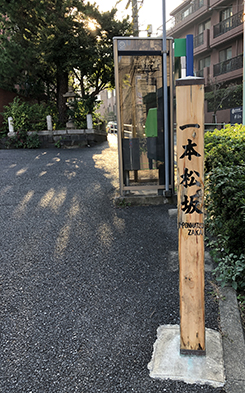
The hill is called 一本松坂 (いっぽんまつざか: One Pine Hill), and here's why:
源経基 (みなもとのつねもと)などの伝説をもち、古来、植えつがれている一本松が、坂の南側にあるための名である。
The name comes from a pine tree on the south side of the slope. As legend has it, that tree has been growing there since the days of Tsunemoto Minamoto (that is, the 10th century).
源経基 (みなもとのつねもと: Tsunemoto Minamoto, ?–961); 伝説 (でんせつ: legend); 古来 (こらい: ancient); 植えつぐ (植え継ぐ, うえつぐ: to grow for generations, shown here in the present-progressive form of its passive voice); 一本松 (いっぽんまつ: one pine tree); 南側 (みなみがわ: south side); 名* (な: name)
Plum Tree
There's one more tree-related signpost to enjoy, and to commemorate this tree, they've done away with wood in the signpost, opting instead for a futuristic horror of a marker:
I don't understand the background either, but it resembles an endless array of safe deposit boxes in a bank vault. Speaking of endless, the explanation about the hill known as 庚嶺坂 (ゆれいざか, which starts with two non-Joyo kanji) is quite long, but let's examine it piece by piece:
江戸初期、この坂のあたりに多くの梅の木があったため、
In the early part of the Edo era, because there were many Japanese apricot trees in the neighborhood around this hill,
江戸 (えど: Edo (era), 1603–1867); 初期 (しょき: early days); あたり (neighborhood); 多く (おおく: many); 梅* (うめ: Japanese apricot); 木 (き: tree)
二代将軍徳川秀忠が中国の梅の名所の名をとった伝えられるが、
it is said that Hidetada Tokugawa, the second shogun, named the slope after a place in China famous for apricots,
二代 (にだい: second generation); 将軍 (しょうぐん: shogun); 徳川秀忠 (とくがわひでただ: Hidetada Tokugawa, 1579–1632); 中国 (ちゅうごく: China); 名所 (めいしょ: famous place); 伝える (つたえる: to tell, shown here in its passive voice)
他にも坂名の由来は諸説あるという(「御府内備考」)。
but there are also other theories about the origin of the name (Notes on the City of Edo).
他 (ほか: other); 坂名 (さかめい: slope name); 由来 (ゆらい: origin); 諸説 (しょせつ: various theories); 御府内 (ごふない: within the city limits of Edo); 備考 (びこう: notes)
別名「行人坂」「唯念」「幽霊坂」「若宮坂」とも呼ばれる。
The slope also has other names, including 行人坂, 唯念坂, 幽霊坂, and 若宮坂.
別名 (べつめい: other name); 呼ぶ (よぶ: to call, shown here in its passive voice)
From the blue bit we learn the term 坂名 (さかめい: slope name)! How appropriate for our sloping studies!
By the way, here's a preview of the latest essay:
Catch you back here next time!
❖❖❖
Did you like this post? Express your love by supporting Joy o' Kanji on Patreon:

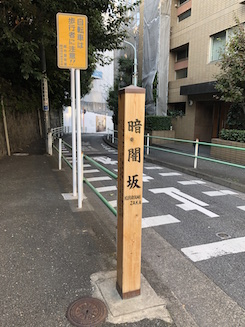
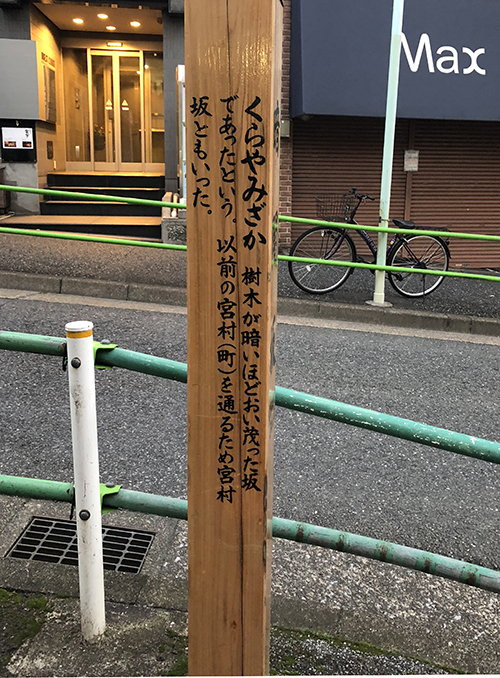
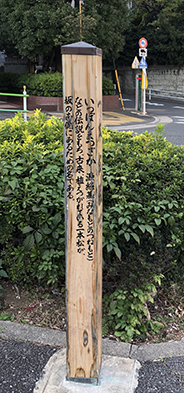
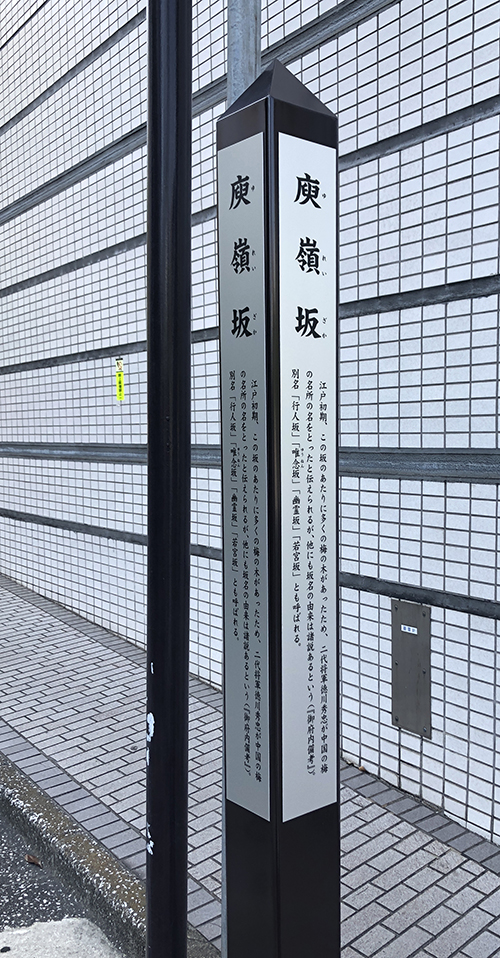
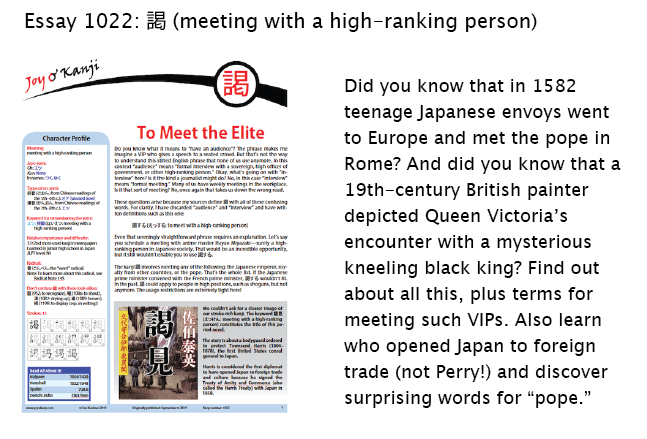

Comments